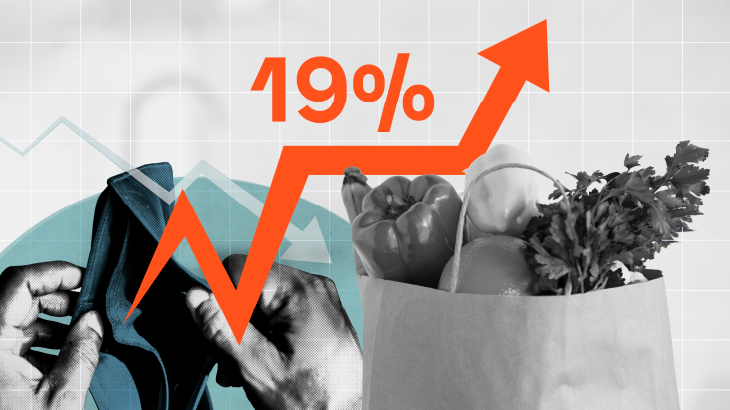Borradores de Economia
Number:
1310
Published:
Classification JEL:
C43, E01, E31, H22
Keywords:
Pass-Through (12509), VAT (25045), CPI inflation (25046), Weightings (25047), Input-output Matrix (14206), Surrogate index (25048)

The most recent
Juan Esteban Carranza-Romero, Alejandra González-Ramírez, Mauricio Villamizar-Villegas
Hernán Rincón-Castro, Steven Zapata-Álvarez
Abstract
One of the concerns of consumers and monetary authorities regarding the change in the VAT rate is the impact that this type of measure has on the value of the basic consumption basket and price growth. The objective of this study is to estimate the degree of pass-through that the VAT rate increase from 16% to 19% in 2016 registered on consumer inflation. Three methodologies are used: the first one is based on the weights of the groups of goods and services of the CPI basket and the second one is based on the input-output matrix. The third methodology corresponds to the application of the surrogate index procedure. According to the results of the first two methodologies, the pass-through of the tariff increase on CPI inflation was 1.03 percentage points (pp), of which 0.68 pp are explained by the direct effect, calculated through the CPI weights, and 0.35 pp by the indirect effect obtained through the input-output matrix, which is equivalent to a total pass-through percentage of 40%. The result of the proxy index procedure reveals that the pass-through on CPI inflation was 0.84 pp, which corresponds to a pass-through percentage of 33%. When the indexes that make up the CPI basket are analyzed in a disaggregated manner, it is found that the degree of pass-through is highly heterogeneous.
The pass-through of the VAT rate change is much less than proportional and highly heterogeneous.

 Edgar Caicedo-Garcíaa,
Edgar Caicedo-Garcíaa, 

